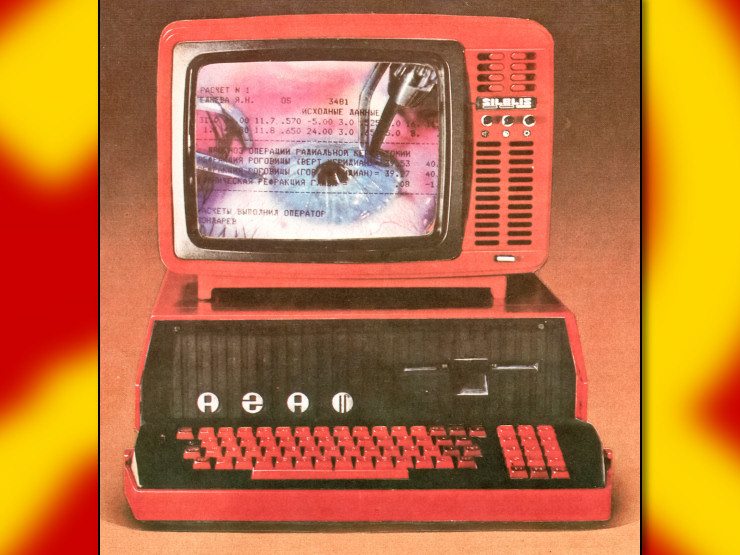Installed a Ryzen 7 5700G processor to a Gigabyte GA-AB350M-HD3 motherboard. Plugged computer back in, hit power button. Computer powered on but no video output. Double-checked cables, then started Googling. Apparently this is commonly a result of an out-of-date BIOS. Got the latest BIOS update on a flash drive with my roommate’s assistance, then went to put the old processor (a Ryzen 5 1500X) back in so that I could run the system BIOS and flash the update, at which point I learned that I accidentally bent several of the pins when removing it. Tried to seat the processor out of a sense of wishful thinking, and sure enough, no number of attempts would get the computer to turn on with it inside.
So, in short: I have a new processor my motherboard doesn’t recognize, an old processor it does recognize but is now broken, and a BIOS update that would presumably let it recognize the new processor but that I can’t install without a working processor. I’ve read that some Gigabyte motherboards support loading BIOS updates from a flash drive without a processor, but as far as I can tell, the GA-AB350M-HD3 isn’t one of them. Not sure what I’m supposed to do here. I could order another Ryzen 5 1500X, but 1) that costs money and 2) I’d have to wait for it to arrive.


Try straightening the pins on the 1500X like another user already suggested. I’ve used a pocket knife blade between and outside CPU pins to get them aligned enough that they dropped back in with a slight push, and the lock-in action straightened them further. If no pins are broken off or bent too severely and the socket contacts weren’t damaged, it should start up again.
That board has dual firmware feature, so if/when you get to the Q-Flash screen, make sure to check “also flash to backup slot” or you may have this problem again in the future if the boot slot ever gets toggled somehow.
To respond to your other question, no, it won’t get firmware updates through Windows Update. That generally only happens with branded prebuilt systems like Dell, HP, etc. and laptops. You can and should get the latest firmware and drivers direct from Gigabyte’s support page for your model, just as you are now. The firmware update image can be read by Q-Flash from a USB stick or any internal or external non-encrypted hard drive partition.